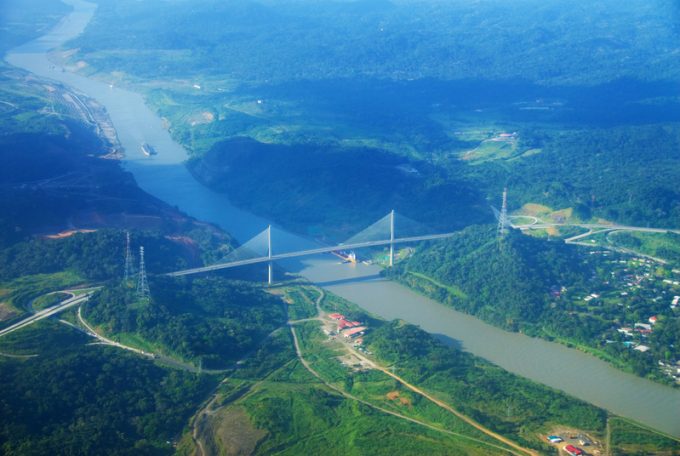Service return to using Suez Canal 'just a one-off' says CMA CGM
Despite positive ceasefire developments, stakeholders should not expect container lines to immediately return to using ...

Rising water levels have restored transits through the Panama Canal, but the canal authority is also looking into how a land bridge could move even more cargo across the isthmus.
Shipping, however, has not been very keen on this scenario.
ACP administrator Ricaurte Vasquez Morales recently unveiled a vision to boost the canal’s capacity by 5m containers a year by 2045, up from a comparatively modest 8.3m today – by moving boxes overland.
He said ...
Transpacific sees first major MSC blanks as rates fall and volumes falter
'It’s healthy competition' Maersk tells forwarders bidding for same business
White House confirms automotive tariffs – 'a disaster for the industry'
New price hikes may slow ocean spot rate slide – but for how long?
Shippers snap up airfreight capacity to US ahead of tariff deadline
Supply chain delays expected after earthquake hits Myanmar
Tighter EU import requirements proving 'a challenge' for forwarders

Comment on this article
Leigh Denholm
November 26, 2024 at 11:59 pmThe Tehuantepec corridor would connect the ports of Salina Cruz and Coatzacoalcos; Veracruz and Coatzacoalcos are on the same coast.
Gavin van Marle
November 27, 2024 at 10:09 amThank you Leigh for the correction. The article has been amended